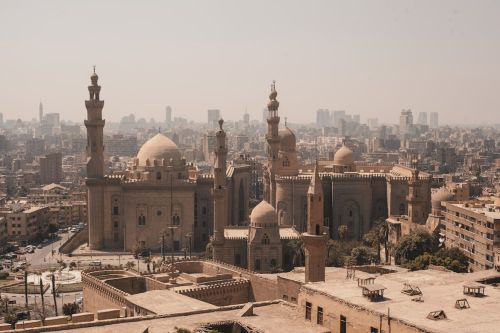Dik-dik is one of the smallest antelopes living in eastern and southern Africa. It is characterized by skittish nature and fast-paced movement. Dik-diks ceremonially mark the boundaries of their territory and form monogamous relationships, spending most of their time together with their mate. And while they are not an endangered species, they have natural predators, the largest of which is humans.
It belongs to the antelope subfamily (Antilopinae) in the bovine family (Bovidae). The Bovidae also includes buffalo, bison, and cattle, among others.
These are:
Its natural habitat is two areas in Africa - the eastern and southern parts of the continent - from Somalia through Tanzania to South Africa in the east and from northern Namibia to southwestern Angola in the south.
They seek habitats with lots of plants and shrubs. Dik-diks can live on an open plain where the grass is not too tall, or in a dense forest, but only if they feel safe there. They usually live in pairs on 5 hectares of territory.
They mainly eat leaves, shoots, and fruits and sometimes feed on grass. They do not require constant access to water, as their food contains enough water.
It reflects the alarm sound made by a frightened, fleeing animal, typically female. In contrast, the Latin name Madoqua comes from the Amharic (the native language of the Amhara people of Ethiopia) name for dik-dik.
They measure from 47 to 69 cm and weigh about 4 kg, with females being slightly larger and heavier than males. At the withers, they reach a height of about 40 cm.
The upper part of the body is gray-brown, while the lower part, including the legs, belly, and sides, is brown. Under the inner corner of each eye, there is a prefrontal gland that produces dark, sticky secretion dik-diks used to mark their territory while rubbing against the twigs of bushes and grasses.
They measure about 8 cm, are longitudinally striated, and slant backward. Sometimes the horns are partially covered by hair that forms a vertical tuft on the top of the head.
Probably to prevent overheating, they have elongated mouths with bellows-like muscles through which the blood is pumped. The flow of air and subsequent evaporation cools the blood before it circulates back to the animal’s body.
Compared to other animals, such as cattle, it has a lower density of sweat glands. It can also concentrate its urine. These adaptations allow dik-diks to conserve water in their bodies.
Another physiological adaptation, uncommon for animals of their size, is a lower metabolic rate, allowing them to withstand the heat and dryness of their environment.
Mates spend about 64% of their time together. Their monogamous nature can be explained by an evolutionary response to predation. When surrounded by predators, it is safer to stick with one partner than to explore the area in search of others.
Males mark their territory with piles of dung and cover females’ droppings with their own. If the opportunity arises, males, not females, attempt to mate outside pairs.
The male reaches sexual maturity at twelve months, and the female at six. A female can become pregnant twice a year (at the beginning and end of the rainy season), with gestation lasting for up to six months.
Unlike other ruminants, a young dik-dik is born head first rather than with its front legs.
Due to their size, the typical survival rate of a youngster is about 50%. For some time after birth, the young remain in hiding, but after reaching full size in seven months, young dik-diks are run off from their parents’ territory—males by fathers and females by mothers.
These include leopards, hyenas, wild dogs, lions, caracals, cheetahs, jackals, and baboons, as well as eagles, hawks, pythons, and humans.
To ward off predation, dik-diks are fast runners, reaching up to 42 km/h speed, and have excellent eyesight. Both males and females make a piercing, whistling sound (different from the alarming one) that can warn other animals of the danger.
As a species, they are not endangered. They have many natural predators, but the biggest threat comes from humans. They are not killed primarily for meat but for their skin, which is used to make gloves—two skins are used to produce one pair.












